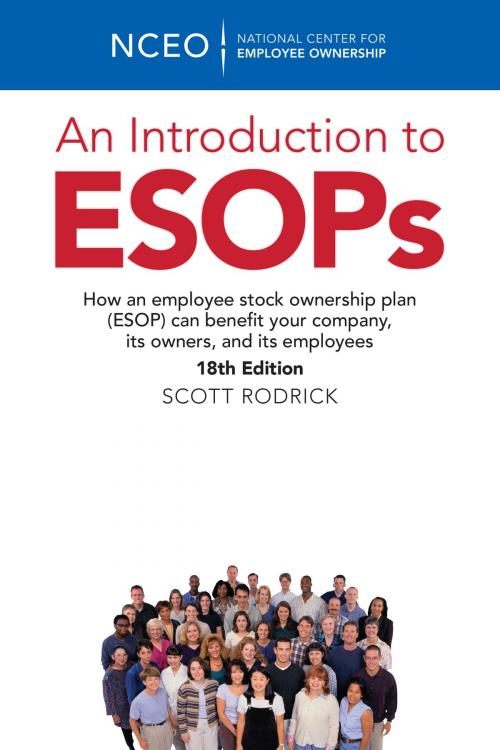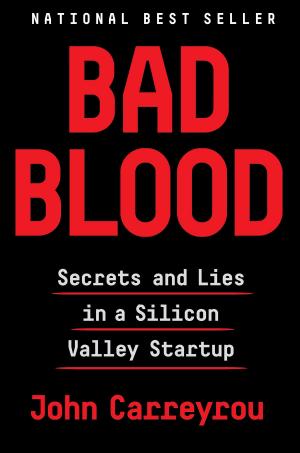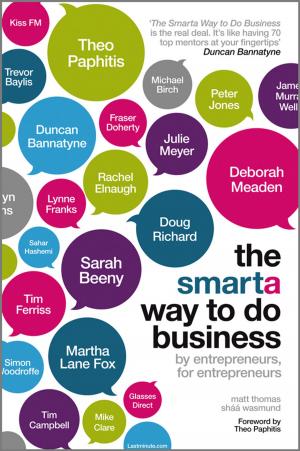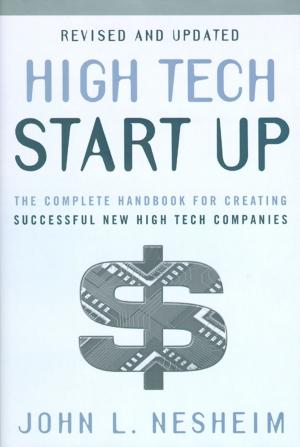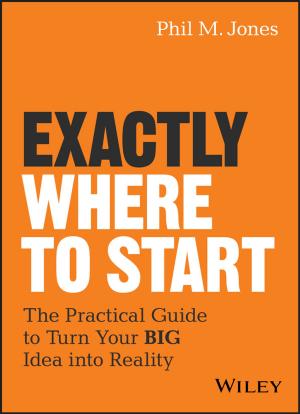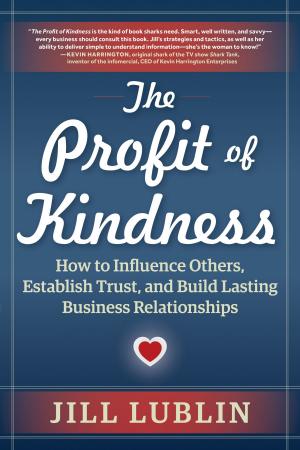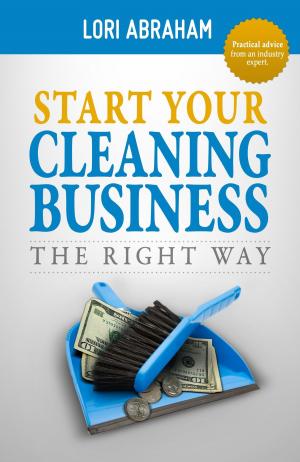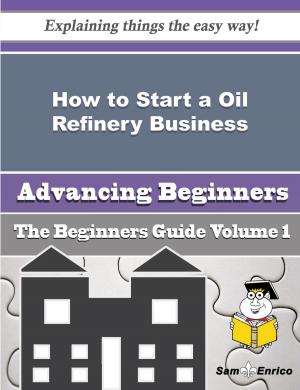An Introduction to ESOPs, 18th ed.
Business & Finance, Business Reference, Business Law, Career Planning & Job Hunting, Small Business| Author: | Scott Rodrick | ISBN: | 9781938220616 |
| Publisher: | The National Center for Employee Ownership (NCEO) | Publication: | October 25, 2018 |
| Imprint: | Smashwords Edition | Language: | English |
| Author: | Scott Rodrick |
| ISBN: | 9781938220616 |
| Publisher: | The National Center for Employee Ownership (NCEO) |
| Publication: | October 25, 2018 |
| Imprint: | Smashwords Edition |
| Language: | English |
An employee stock ownership plan (ESOP) is a tax-favored employee benefit plan through which employees can become owners in their companies at no cost to themselves, at the same time that the company and its owners receive major tax benefits. In the right situation and with proper structuring, it can provide advantages for everyone involved. An ESOP can be used for many purposes, including to use tax-deductible corporate earnings to buy out the owner(s) of a closely held business; to allow shareholders to sell gradually and ease out of the business; to finance corporate acquisitions through the loan that buys stock for a leveraged ESOP; to enhance corporate performance through creating a corporate culture of ownership; and to reward employees with a benefit tied to corporate performance while providing the company with tax benefits. Thousands of U.S. companies have an ESOP and millions of employees participate in them, but many businesspeople are still unfamiliar with them. Even those who have some familiarity with ESOPs often have misconceptions about them. This concise book is designed to educate anyone who is interested or involved in ESOPs about what they are, what their history is, how they work, and what their benefits are to both the employer and the employee-participants. The 18th edition updates the existing material as of 2018 and adds information on matters such as the impact of recent tax law changes and the rights of ESOP participants.
An employee stock ownership plan (ESOP) is a tax-favored employee benefit plan through which employees can become owners in their companies at no cost to themselves, at the same time that the company and its owners receive major tax benefits. In the right situation and with proper structuring, it can provide advantages for everyone involved. An ESOP can be used for many purposes, including to use tax-deductible corporate earnings to buy out the owner(s) of a closely held business; to allow shareholders to sell gradually and ease out of the business; to finance corporate acquisitions through the loan that buys stock for a leveraged ESOP; to enhance corporate performance through creating a corporate culture of ownership; and to reward employees with a benefit tied to corporate performance while providing the company with tax benefits. Thousands of U.S. companies have an ESOP and millions of employees participate in them, but many businesspeople are still unfamiliar with them. Even those who have some familiarity with ESOPs often have misconceptions about them. This concise book is designed to educate anyone who is interested or involved in ESOPs about what they are, what their history is, how they work, and what their benefits are to both the employer and the employee-participants. The 18th edition updates the existing material as of 2018 and adds information on matters such as the impact of recent tax law changes and the rights of ESOP participants.
